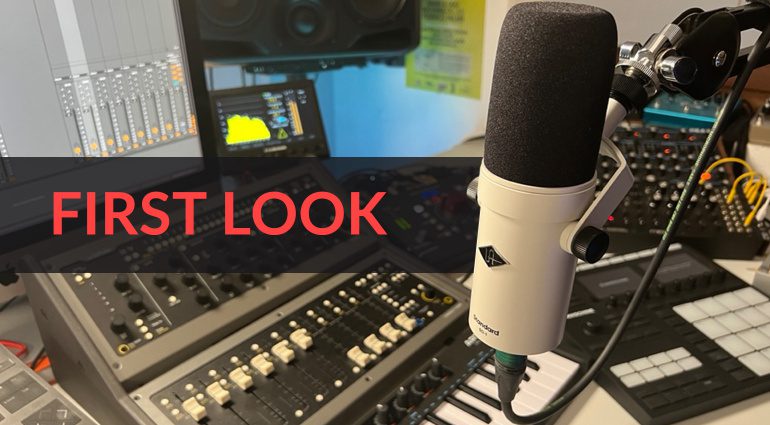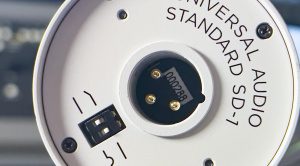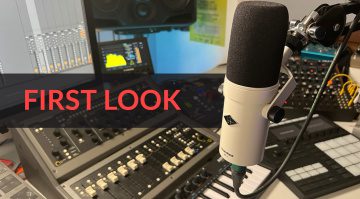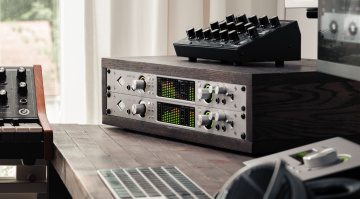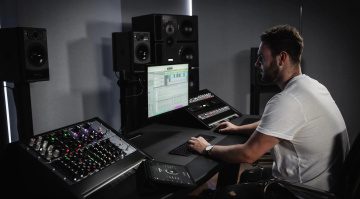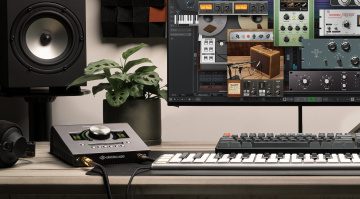First look review: Universal Audio SD-1 Standard Dynamic Microphone
In February, Universal Audio surprised us with the announcement of a new line of microphones, thereby expanding its product portfolio beyond the classic outboard processors, audio interfaces and DSP plug-ins. The new mics are likely the result of a collaboration with Townsend Labs, which UA had partnered with since 2017 before acquiring the company in 2021. We had the opportunity to test the Universal Audio SD-1 (SD stands for Standard Dynamic) in a first look review.
Note: This article by Marcus Schmahl first appeared on gearnews.de.
Universal Audio SD-1
Universal Audio unveiled the SD-1 last month along with a full line-up of microphones. The shape of the cream-colored mic leaves no doubt about it: This is UA’s take on a Shure SM7B-style dynamic microphone for podcasting, broadcasting and all kinds of voice applications, but also for studio recording.
We’ve taken the SD-1 for a spin in the studio and tried for ourselves if it has what it takes to go head to head against the classic from Shure.
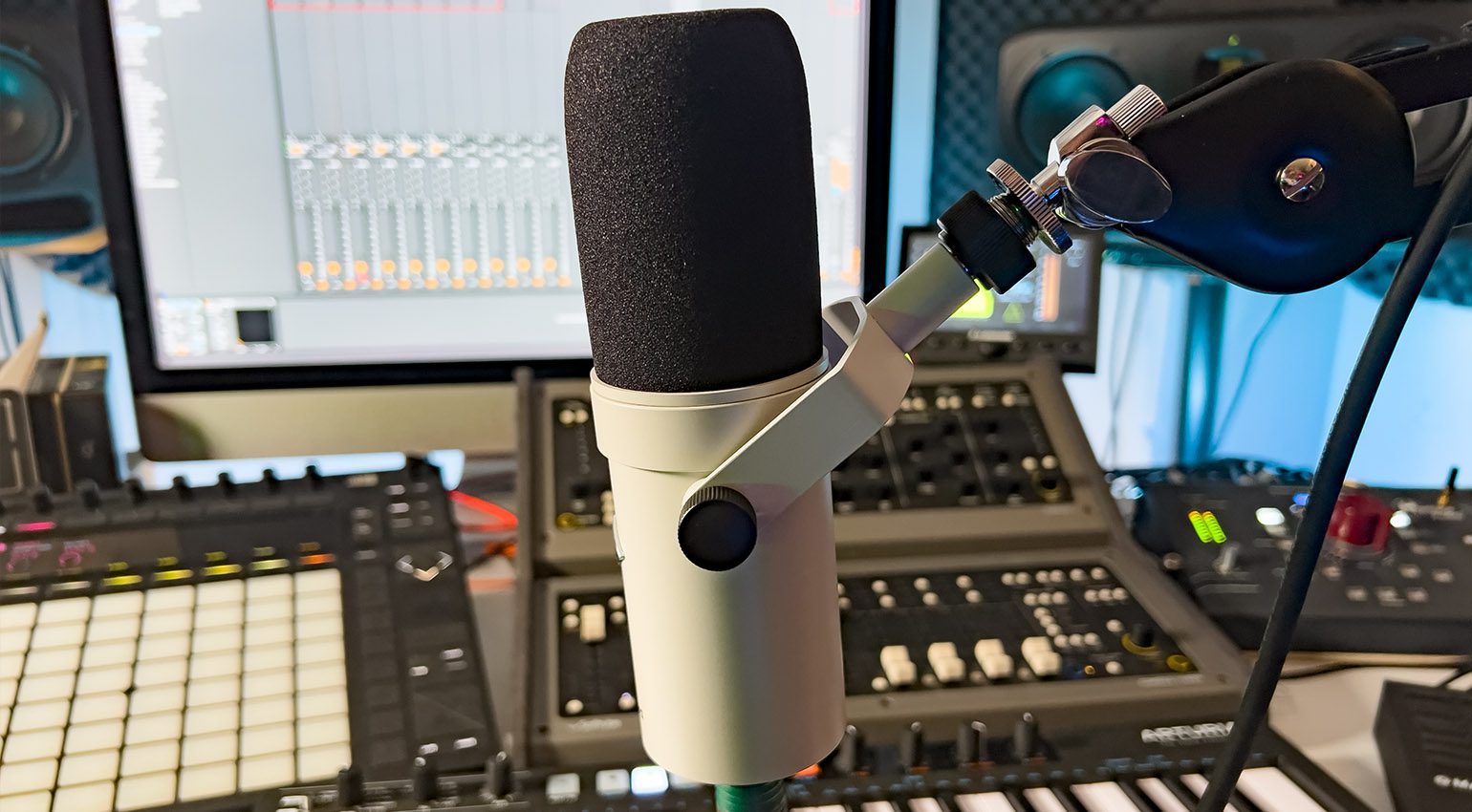
Universal Audio SD-1: Dynamic microphone for podcasting, voice-overs and vocal recording · Source: Gearnews (Marcus)
Unboxing
The packaging is very nice and stylish and unboxing the SD-1 is a satisfying experience. The way the cardboard box reveals the shiny exterior of the microphone makes me think that UA may have taken a covert glance at the way Apple presents its products. Besides the main star of the show, the box includes a small letter with congratulations on your purchase and the specifications. And that’s it.
Weighing in at just under 800 grams, the microphone’s metal housing feels pretty solid. The shock mount yoke is easy to adjust, but holds the microphone firmly in position and doesn’t move by accident. The threaded fitting on the bottom of the yoke allows you to attach the SD-1 to a microphone stand or boom arm. The included thread adapter ensures that it accommodates both 5/8” and 3/8” threads. You can adjust the tension of the yoke using the two black nuts on the sides.
One difference between the SD-1 and the SM7B is that UA has placed the XLR connector directly on the back of the microphone, instead of the yoke. This decision addresses an often criticized issue of the Shure mic, which can be hard to mount onto a broadcast-style boom arm without an extension, due to the placement of the connector. Next to the XLR connector, the SD-1 has two DIP switches for a low-cut filter (200 Hz) and a high frequency boost (3-5 kHz).
The capsule is protected by a metal grille that feels sturdy enough to survive the occasional drop. It is covered by a black foam windscreen and pop filter, which fits snugly over the grille.
- Switches for low-cut filter and high-frequency boost next to the XLR connector · Source: Gearnews (Marcus)
- The SD-1 mounts easily to microphone stands and boom arms · Source: Gearnews (Marcus)
Sound
I mounted the SD-1 onto my Rode PSA-1 desktop boom arm and connected it to an Apollo x8 audio interface by the same manufacturer. Like similar dynamic microphones of its kind, it requires a good amount of preamp gain before the level meter begins to move. Inevitably, this means raising the noise level, too, but it found it to be acceptable in combination with the Apollo.
Nevertheless, I’d recommend adding a phantom-powered in-line preamp for dynamic microphones, such as a Cloudlifter or the SE Electronics DM2 T.N.T, which is what I use. The level boost definitely helps to get the highest possible sound quality out of the microphone.
The UA SD-1 has a frequency range of 50 Hz to 16 kHz, which is plenty for speech applications, and it sounds very good. I can barely hear a difference to the SM7B, which supposedly reaches up to 20 kHz. That said, you’ll ultimately need to test the SD-1 for yourself in your room and with your voice to find out if it’s the right choice for your application, which is true for any microphone – even the most expensive ones.
If you’re lucky enough to own a UA Apollo interface, the manufacturer has prepared an extra little something for you. UA’s engineers have created 33 free presets for the Apollo Channel Strip, which are custom tuned for the SD-1. Through various combinations of UAD compressors, equalizers and preamps (from the plug-in bundles included with the interfaces), these presets help to shape the input signal to deliver convincing guitar, brass, bass, drum, vocal, string or piano recordings, or a balanced sound for voice-overs and other speech applications.
Conclusion
For the price, the Universal Audio SD-1 is an excellent and well-rounded dynamic microphone. Besides being a real eye-catcher, the cream-colored microphone gave me excellent results with voice and vocal recordings, but also on acoustic guitar and percussion instruments. The custom channel strip presets for Apollo interfaces are a very nice touch, as well. If you’re looking for an alternative to the famous Shure SM7B, the new UA SD-1 should definitely be on your list.
Price and availability
The Universal Audio SD-1 Dynamic Microphone is available at Thomann (Affiliate) for €299.

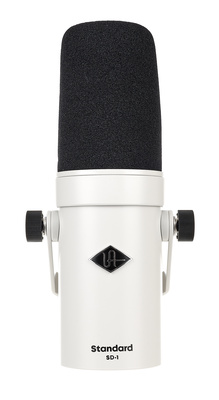

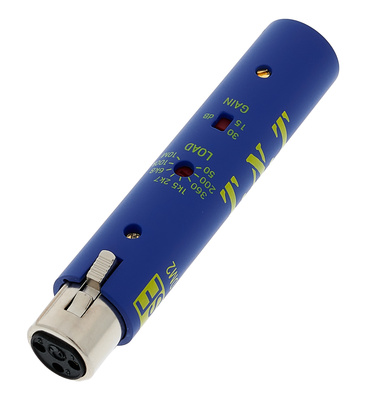



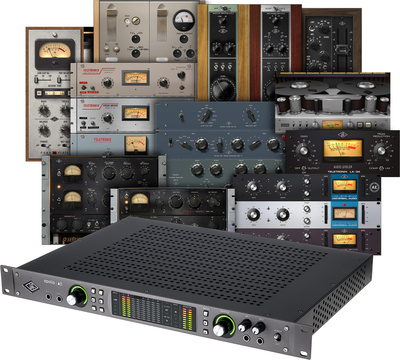
The microphone comes with a selection of presets for the UA Apollo line of interfaces. These are available as a free download on the manufacturer’s website.

 5,0 / 5,0 |
5,0 / 5,0 | 